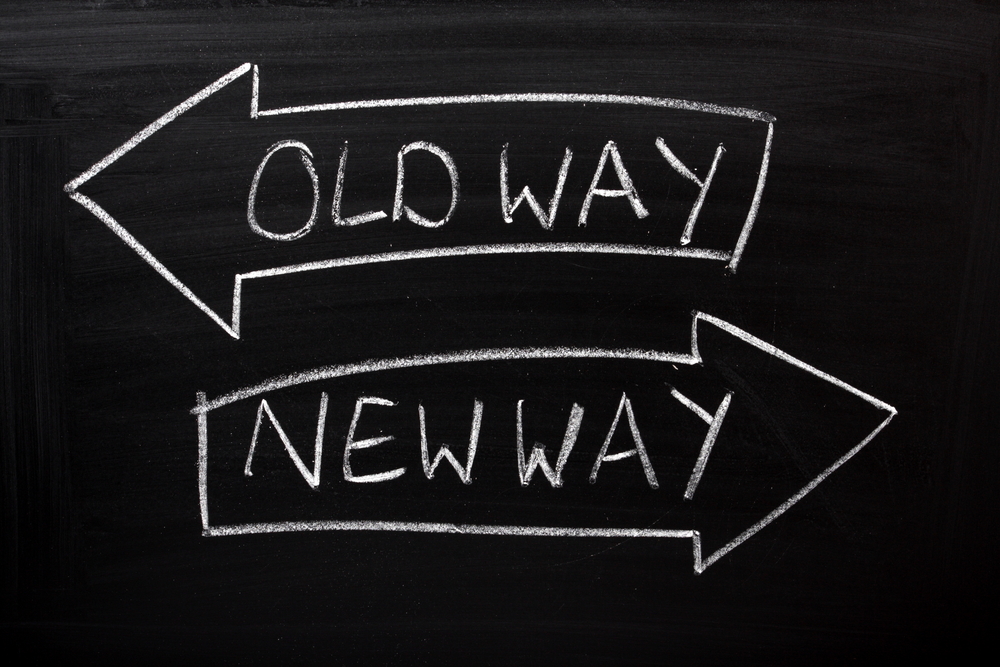Future Directions
I think chalk will be around for a long time, probably used concurrently with other developing technologies in the classroom setting. I don’t imagine however, that anyone will invent a bigger, better chalk. Chalk technology has probably reached its peak. However – chalk and the chalkboard seem to be the analogy of choice when speaking of computer technology in the classroom. This will most likely continue.
Scope of Chalk
I found many things of interest while researching chalk technology. Chalk’s presence in our society is absolutely pervasive. Here are a few things chalk is used for that you may not have thought about –Chalk is used to outline the position of corpses for forensic investigations.
- Chalk is used in Billiards (chalking the cue), Rock Climbing, Weightlifting and Gymnastics. Chalk will probably be at the Olympics!
- Chalk is used when you have a flat tire. Once the leak is locates, it is marked with chalk for repair.
- Chalk is used in the construction industry. Different colors mean different things. Chalk marks are used to indicate where steel should be bent, where pipes should be laid, and where wires should be pulled. Are you familiar with chalk lines?
- Chalk is used every day by for sewing, tailoring, and quilting.
- Chalk is the best hopscotch medium!
- Chalks are still used in art.
- Chalk has been combined with insecticides in other countries and smuggled into the United States where it is sold under different names, such as “Pretty Baby”. This insecticide is meant to be drawn across the floor with the idea that bugs will walk through it and die. Unfortunately, there have been reports of this chalk being eaten by children.
Regina.


